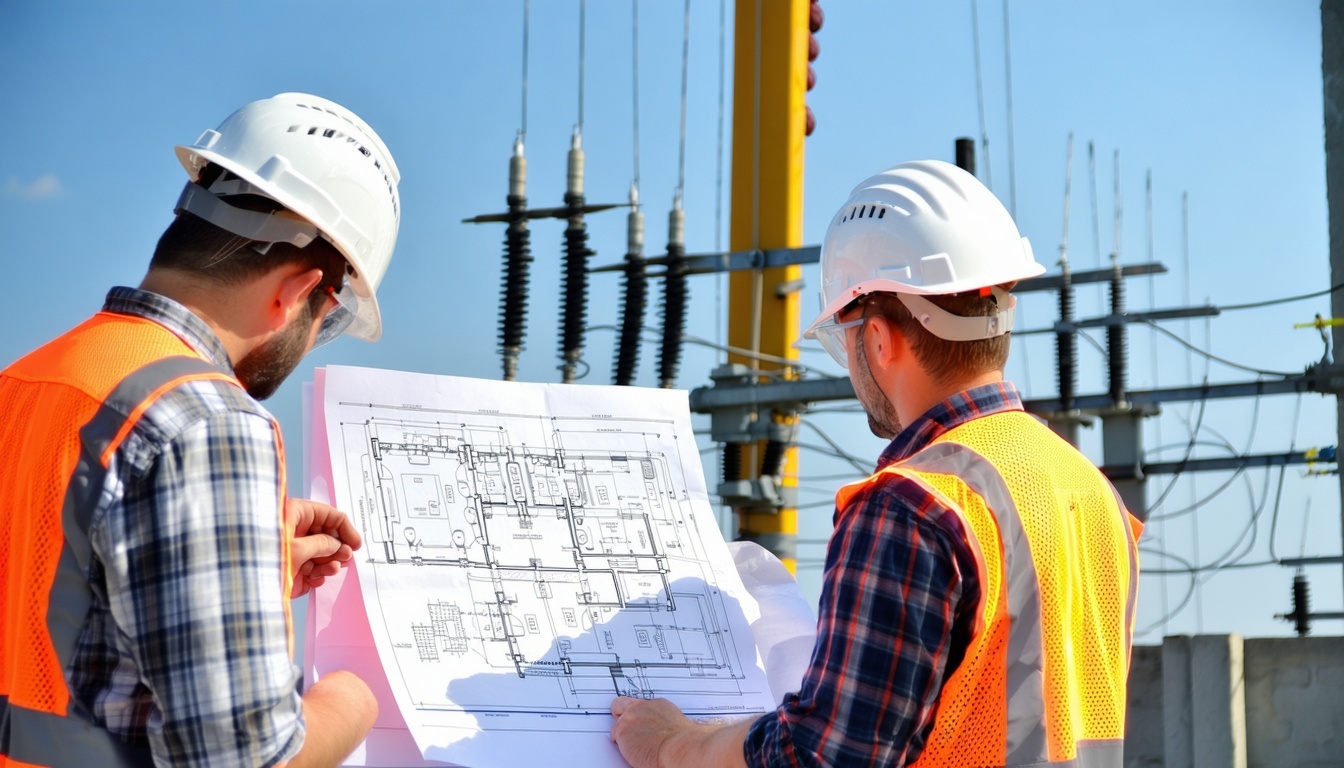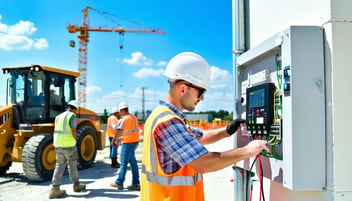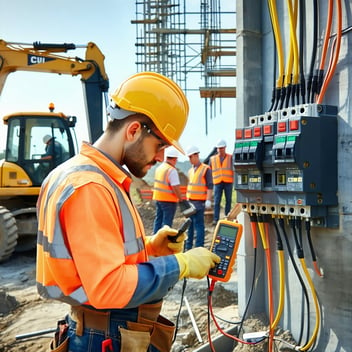
Ensuring Electrical Safety is paramount in construction, and the National Electric Safety Code (NESC) is the cornerstone of these safety practices.
What is the National Electric Safety Code?
The National Electric Safety Code (NESC) is a set of safety standards for the installation, operation, and maintenance of electric power and communication utility systems. Published by the Institute of Electrical and Electronics Engineers (IEEE), the NESC aims to safeguard people and property from electrical hazards. It covers a broad range of topics, including grounding, installation of overhead and underground lines, and safety protocols for utility workers. For more insights on Electrical Safety, explore our resources.
Since its first publication in 1914, the NESC has evolved to address new technologies and emerging safety challenges. It serves as a critical reference for engineers, electricians, and safety professionals in the construction and utility industries.
The Importance of the NESC in Construction
In the construction industry, adhering to the NESC is vital for ensuring the safety of workers and the general public. Compliance with the NESC helps prevent electrical accidents, which can result in serious injuries, fatalities, and significant property damage. Additionally, following these standards can reduce the likelihood of costly legal liabilities and project delays. For more insights on Electrical Safety, explore our resources.
Construction companies that prioritize NESC compliance demonstrate their commitment to safety and quality, which can enhance their reputation and competitiveness in the market. Furthermore, staying up-to-date with NESC guidelines ensures that construction projects meet regulatory requirements and industry best practices.
Key Components of the NESC
The NESC is divided into several key sections, each addressing different aspects of electrical safety. These include:
1. Definitions and Application Rules: This section provides essential terminology and the scope of the code.
2. Safety Rules for the Installation and Maintenance of Electric Supply Stations and Equipment: It covers grounding, equipment installation, and maintenance practices.
3. Safety Rules for the Installation and Maintenance of Overhead Electric Supply and Communication Lines: This section includes guidelines for line clearance, pole strength, and worker safety.
4. Safety Rules for the Installation and Maintenance of Underground Electric Supply and Communication Lines: It addresses trenching, cable installation, and protection against electrical faults.
5. Work Rules for the Operation of Electric Supply and Communication Lines and Equipment: This section outlines safety procedures for utility workers, including protective gear and emergency protocols.
Compliance Strategies for Construction Companies
Construction companies can adopt several strategies to ensure compliance with the NESC. First, they should provide comprehensive training to employees on NESC standards and safety practices. Utilizing platforms like Ving, which offers over 2,000 safety training courses, can be instrumental in this regard.
Regular audits and inspections can help identify potential safety issues before they become serious problems. Implementing a robust compliance tracking system, such as Ving's Safety Training and Compliance Management Tech Tool, can streamline this process by automating reminders, tracking progress, and maintaining accurate records.
Finally, fostering a safety-focused culture within the organization encourages employees to prioritize compliance and report potential hazards without fear of repercussions. This proactive approach can significantly enhance overall safety and compliance.
Future Trends in Electrical Safety and the NESC
As technology evolves, so do the challenges and opportunities in electrical safety. Emerging technologies such as smart grids, renewable energy sources, and advanced communication systems will likely influence future updates to the NESC. These advancements necessitate continuous education and adaptation to ensure safety standards remain relevant and effective.
Another trend is the increasing integration of digital tools and platforms for safety training and compliance management. Solutions like Ving, which offers customizable training modules and automated compliance tracking, are becoming essential for construction companies aiming to stay ahead of regulatory changes and maintain high safety standards.
In conclusion, staying informed about future trends and actively participating in industry discussions will be crucial for construction companies to ensure ongoing compliance with the NESC and to promote a safer working environment.






Leave a Comment